As a fledgling board game enthusiast, I was a clean slate for my tabletop-addicted friends who each all had a unique, nuanced take on most games (the undercurrent of snobbery is intentional here). It should come as no surprise, then, that Betrayal at House on the Hill was one of the first board games I’d ever sat down and played as an adult. I could very distinctly recall how overwhelmed I felt upon “helping” with (i.e. gawking at) setup. Please see below for a list of all physical bits included in the game:
- 1 rulebook
- 2 haunt books (Traitor’s Tome and Secrets of Survival)
- 44 room (the “board”) tiles
- 1 Entrance Hall tile (3 rooms)
- 6 plastic character figures
- 6 two-sided character cards
- 30 plastic clips (to denote stat levels)
- 8 six-sided dice (only 0 (blank), 1, and 2)
- 1 Turn/Damage Track (i.e. the Haunt roll counter, with each turn representing the number the Haunt roll must best)
- 13 omen cards (sometimes usable as items)
- 22 item cards
- 45 event cards
- 291 (!!!!) tokens, including:
- 12 large circular monster tokens (includes art)
- 204 circular monster tokens
- 14 square event and room tokens
- 43 pentagonal item tokens
- 18 triangular trait roll tokens
I just knew that, if I owned the game, I would lose pieces so quickly. I tend to be clumsy with little bits and bobbles (skill issue?) and, having played this multiple times before playing it for class, have never seen a completely intact box of Betrayal. Once I got past the falsehood that I needed to be cognizant of every piece of the game before playing (this was a preconceived notion I sometimes bring to board games out of habit), I began to have fun. I enjoyed the writing style, especially when things take a turn for the worse on Event cards.
I played the game for the first time in ages for a MAAD class I took last quarter. I remember vividly having a particularly bad, perhaps cursed, day. I saw a cat that was run over by a car and still in the street. While playing Betrayal with classmates, I got the Cat Omen card. It was messed up.
Now, as I play it with classmates this quarter, I still find ways to enjoy myself, and I realize now that it is because I always play with people I want to play with. Thinking about playing this with a group of strangers could produce wildly varied results; furthermore, imagining play with novice board game players feels like an insurmountable impasse. On top of this, the game has undergone several revisions, now currently on the third edition. I played the second edition for all of my playthroughs across time. There are also expansion packs that I admittedly have not played.
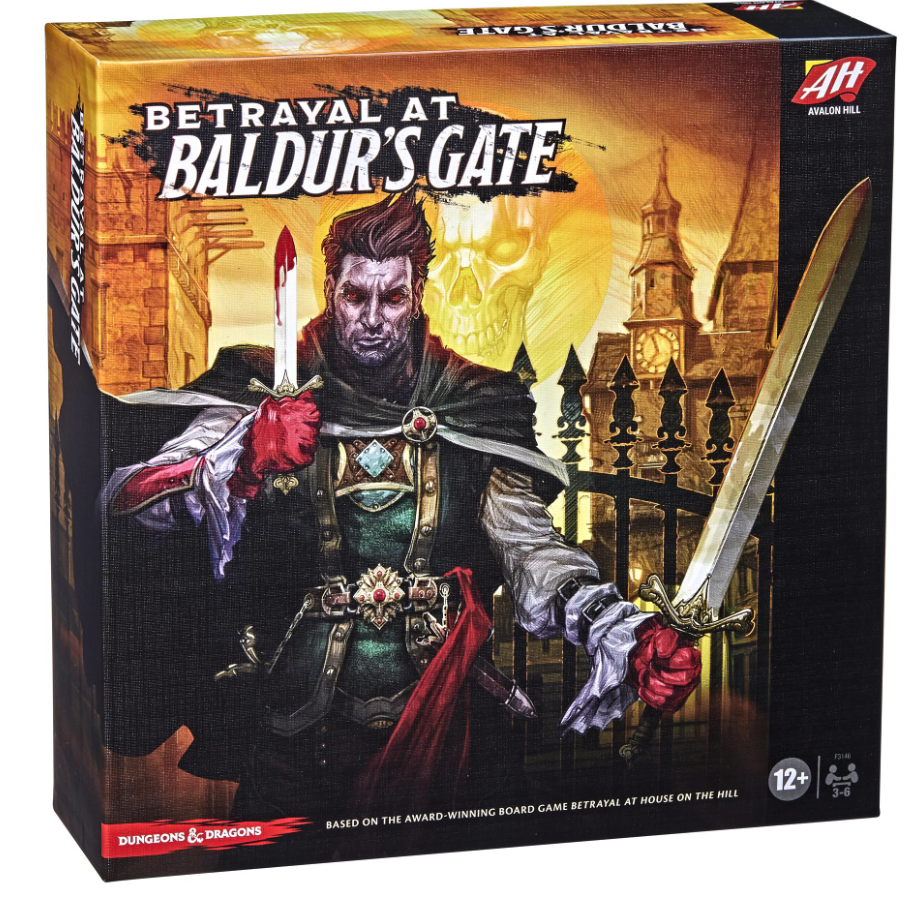

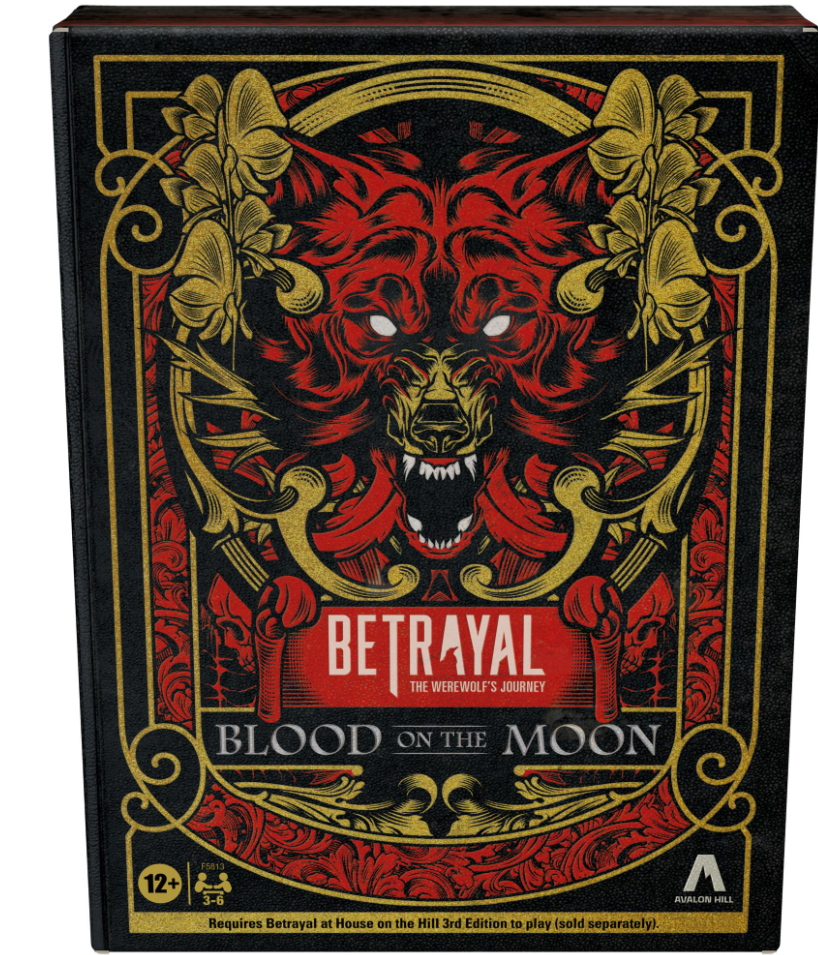
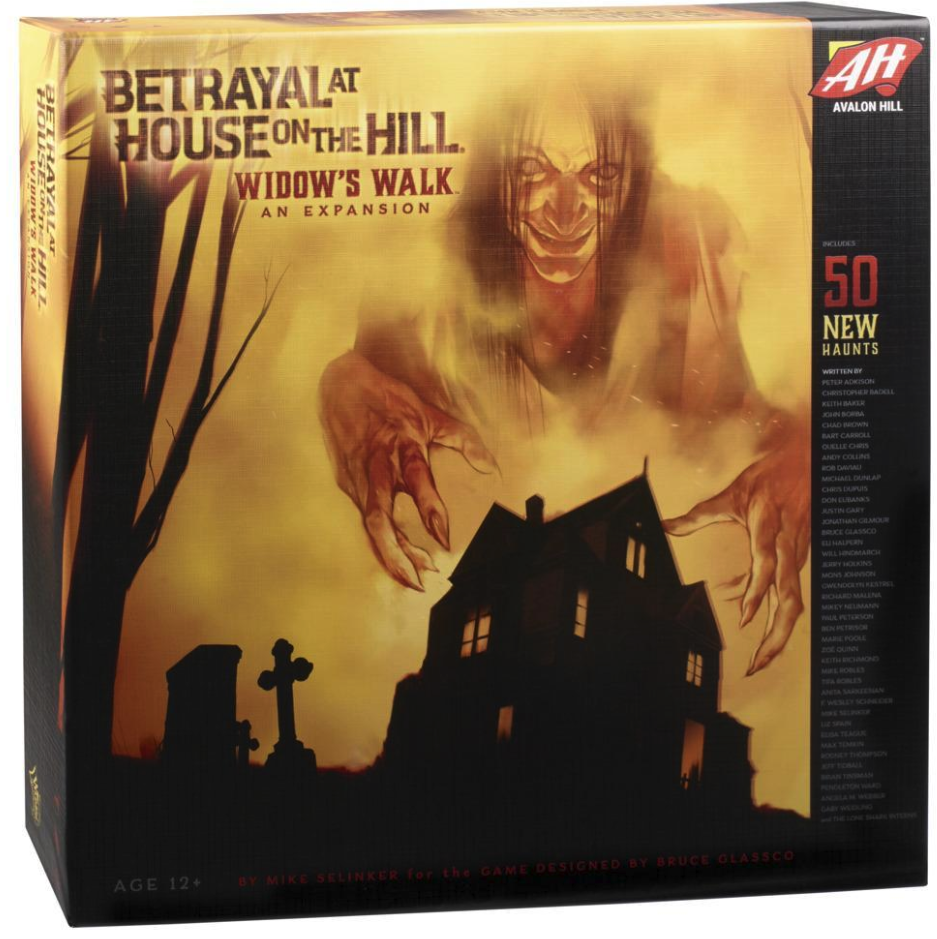
The basics are the same across the editions: Betrayal is a tile placement board game–players explore the mansion, one room at a time, with each turn ending in a newly discovered room. Every player starts in the main entrance of the mansion and explores outward. Each time a player discovers a room, a tile that corresponds with the floor of the house (Basement, Ground, Upper, Attic) is placed down, and the tiles will often indicate a type of card (Omen, Item, or Event) that the player must pull upon entering the room. There are sometimes roll challenges to overcome obstacles inside the room (or required traversal to leave).
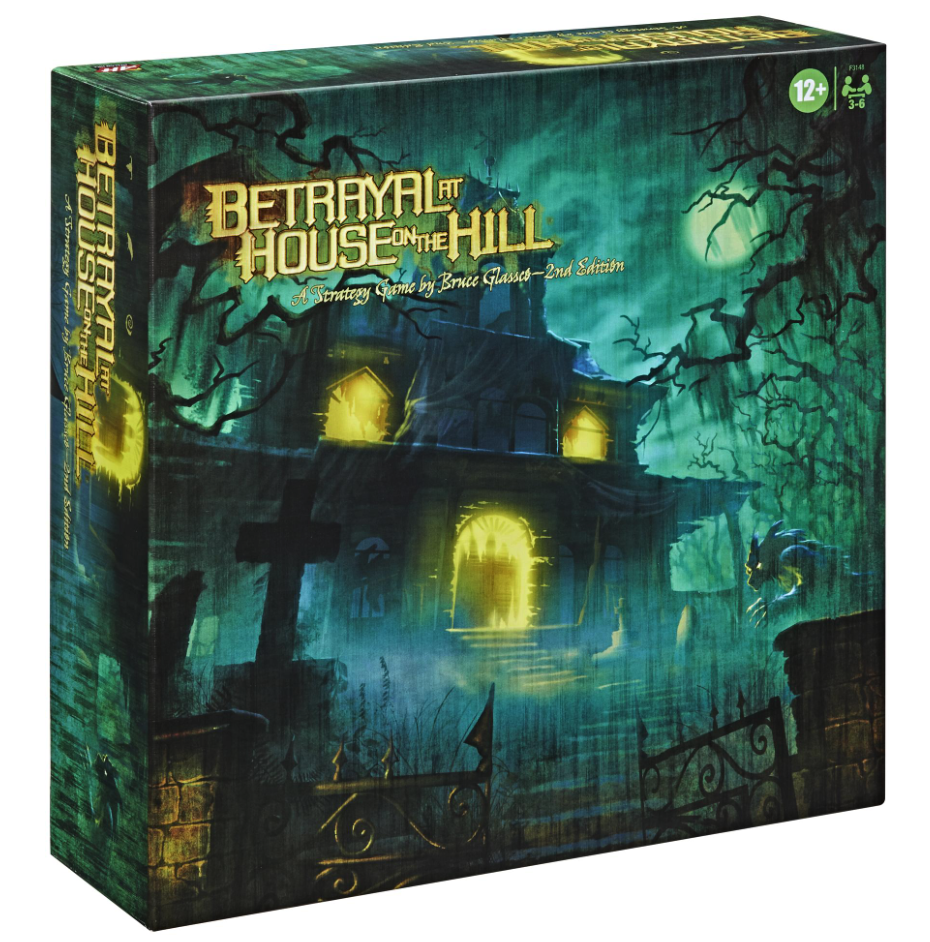
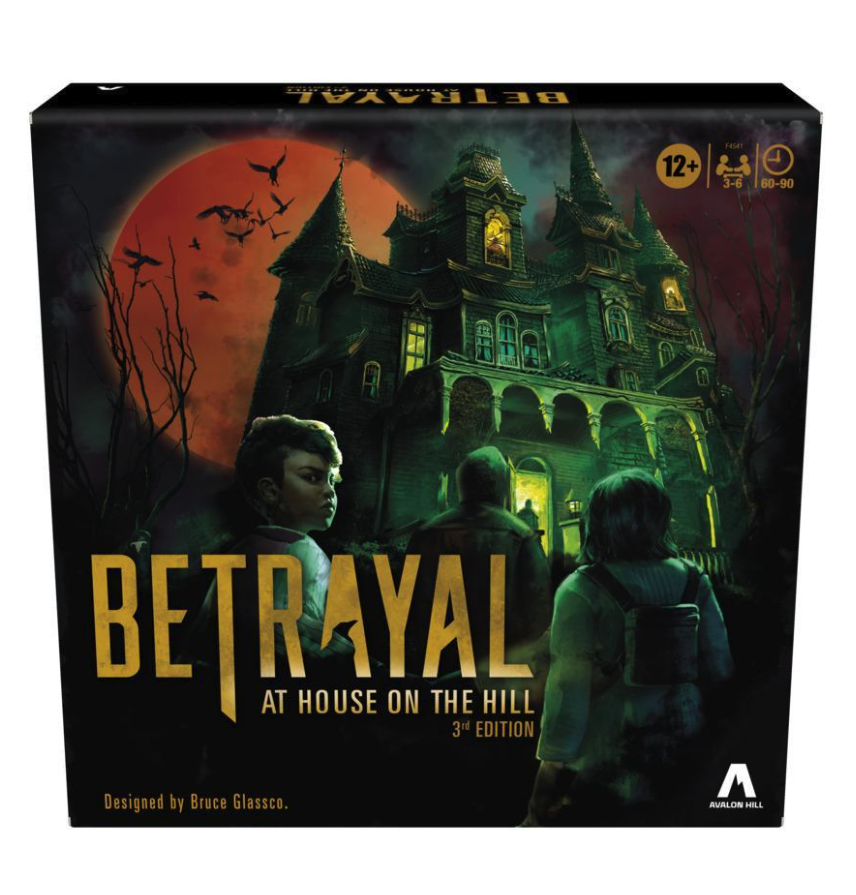
With every positive note comes at least one negative one upon each play. For example, due to the complexity of gameplay and having to keep track of lasting effects (either with the hundreds of tokens or in memory) can be taxing and take players out of the experience. Here’s why I love this game, anyway. Every person brings their own histories, embodied experiences, and preferences to any game they play. I was new to both board games and tile placement games, as well as a game that required a split between players in a ‘phase two’ of the game.
While the game continues to prove polarizing for the tabletop gaming community, it will always hold a place in my heart as my shepherd into spaces where I have the most fun.